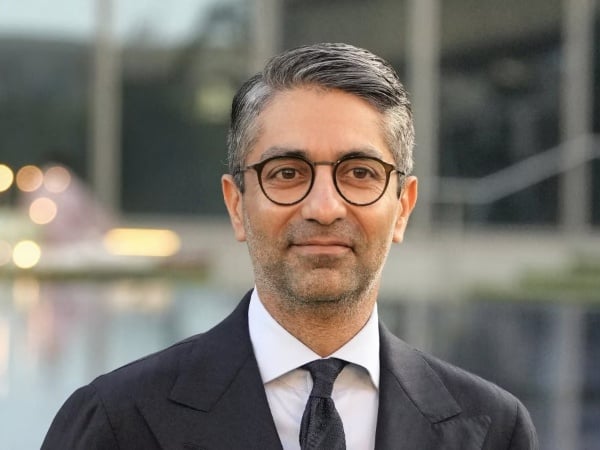views : 875
3 Min Read
India must actualise NSP25 goals with shift in priorities, says Abhinav Bindra
India’s first individual Olympic Games gold medalist, Abhinav Bindra is not just another athlete but also a thought leader, one whose heart beats for India at large. He is not a critic but a critical thinker, one who offers simple solutions that can make a difference to how Indian at all levels, including those in decision-making corridors, perceive sport.
That he not only articulates deep thoughts on goals but also comes up with practical solutions is reiterated during an intense conversation on the National Sports Policy unveiled by Union Ministry of Youth Affairs and Sports. If those empowered to actualise the policy and transform Indian sport take his cues, India can reap richer rewards than just medals in multidiscipline competitions.
Terming the Khelo Bharat Niti, as the National Sports Policy 2025 is called, a declaration, he says it sets a powerful precedent to change direction from medal targets to a purpose-driven sporting engagement. He asks for a shift in priorities with the implementation of the policy going beyond the Ministry of Youth Affairs and Sports and urges everyone to build movement into their routines.
“In the Paris 2024 Olympic Games, 10 countries won more than half the medals at stake,” he points out. “It is not accident that these nations (United States, China, Britain, France, Australia, Japan, Italy, the Netherlands, Germany and South Korea) are sporting societies. Their people grow up playing sport. They jog in parks, play in school leagues, form weekend teams. Sport is a habit.”
“What percentage of Indian actively plays sport? Do we truly have a sports culture in India?” Abhinav Bindra says. “The Khelo Bharat Niti 2025 offers India a bold and promising framework, but the challenge and opportunity lie in turning that vision into everyday reality. It is time India explores what it truly means to be sporting superpower, not just in policy but in practice.”
Abhinav Bindra says it is time or India to start treating sport not as a medal factory but as having outcomes in health, confidence and community. “The best way to achieve it is by getting infrastructure to support this goal. Schools with playfields, cities with open spaces and policies that embed sport into health and education,” he says.
Since children’s introduction to sport is usually through the Physical Education Teacher in schools, he says that first experience matters. “If we get that right, we build a lifelong relationship between the young and the concept of movement. But in India, Physical Education Teachers sit at the bottom of the ladder, under-trained, under-recognised and rarely seen as role models,” he says.
The 2008 Olympic Games gold medalist, now a huge votary of the Olympic Values Education Programme, believes India must urgently invest in training, supporting and elevating Physical Education Teachers across the country. “We must stop treating sport as a distraction from academics. It is core to education,” he says.
“Not every child who plays sport will become a competitive athlete at the highest level. But every child who plays sport will grow up healthier, more confident and more empathetic, having learnt resilience, teamwork and leadership among other things on the sports field,” Abhinav Bindra says. “That to me in the real national curriculum. Besides, sport is not extracurricular but foundational.”
Abhinav Bindra believes – and with good reason – that the sports field is often the only place where children learn to lose with grace, win with humility and bounce back after failure. “These are not just sporting lessons, but life lessons,” he says, with conviction that can impact any audience hearing him speak.
He also advocates a greater inclusion of sport in urban infrastructure development. “How many colonies have safe and accessible parks? How many schools have proper playgrounds? We have forgotten to build spaces that bring people together in our rush to build up our cities,” he says. “We must plan for movement across the lifespan, not just for children, to reduce healthcare costs.”
